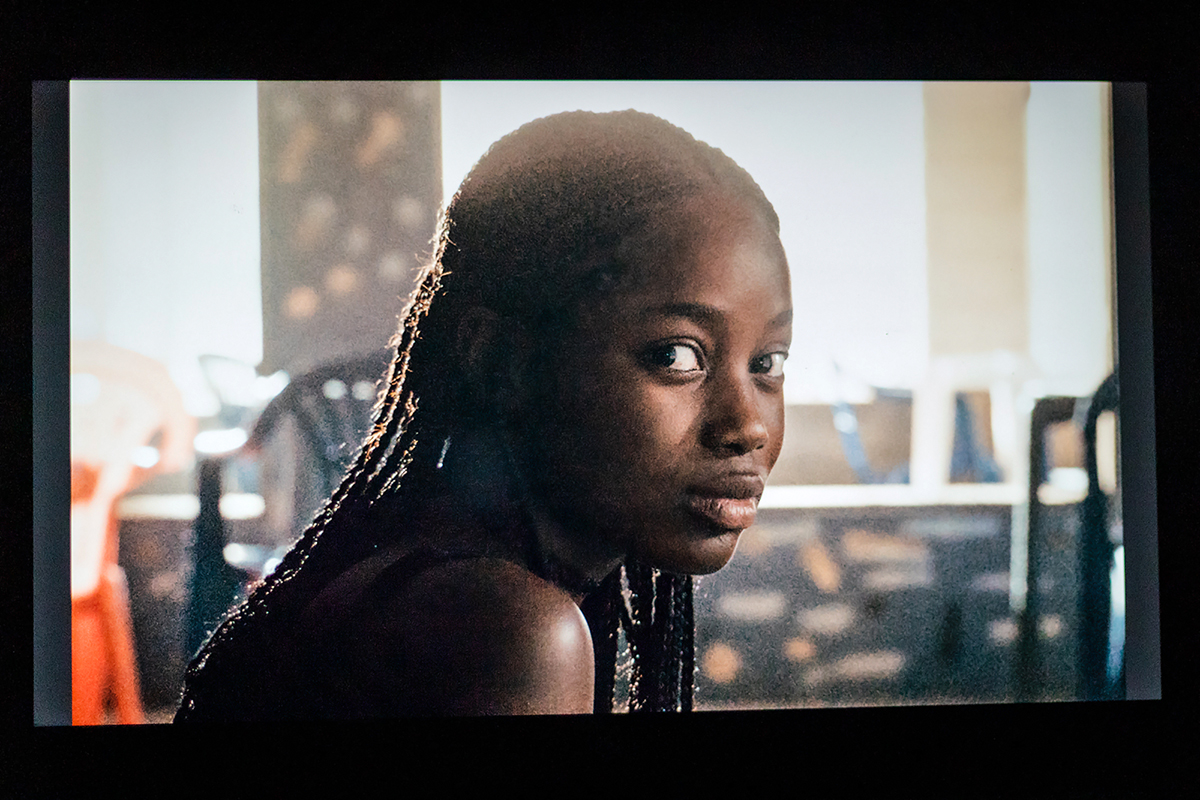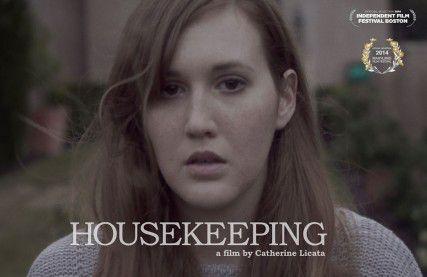
India (Mia Wasikowska) surrounded by shoeboxes in a symbolic yet heavy-handed scene from Stoker.
If Park Chan-wook’s Oldboy is a Korean parable that recognizes the limits of knowing ourselves, particularly the nature of our inner desires, then Stoker is a retelling of that visceral odyssey — but less startling and stimulating, and in English.
Park’s first English-language film — out in theatres last Friday — tells the bizarre coming-of-age story of India Stoker (Mia Wasikowska). India is introspective but brazen, silent but gifted, with a soulful and expressive body. Yet, in the opening montage, India claims that her individuality is merely an illusion. We are nothing but a collection of irrepressible instincts and tendencies that are perpetuated through family bloodlines.
The film begins on India’s 18th birthday, a celebration muzzled by her father’s death from an unusual car accident. During the wake, India meets her uncle, Charlie Stoker (Matthew Goode), for the first time in her life. He is stoic apart from a crooked grin often frozen on his face, seeming to represent the classic features of a villain. Charlie moves into the family’s Gothic mansion, and India grows suspicious of his presence and unknown past. India is further exasperated by her mother’s (Nicole Kidman) clear indifference toward her husband’s death … and her immediate affection for Charlie.
Something sensuous and faceless changes within India, but her maturation process is far from hormonal. She reaches her self-professed freedom from adolescence by reconciling her scandalous interest in Charlie with a constant reflection on lessons learned from her father.
Though Wasikowska performs with frightening persistence and persuasion, there is little to take away from India’s story. In fact, the story itself did not offer the precise twists and turns that are so reliable in Park’s earlier work. Many of the flashbacks effectively build the haunting, Gothic mystique prevalent through the film. Unfortunately, the scenes that take place in the present are relatively dull and suffer from sluggish pacing.
However, Stoker is often very beautiful. Park has an uncanny ability to see patterns between the characters and their environment, and this talent is often showcased in graceful and brilliant transitions. Yet, there are also moments of cinematic absurdity. In one particular long shot, India is encircled by eighteen shoeboxes (one pair for each birthday) on her bed. It is difficult to discern whether these displays are intended as some cryptic symbolism or just pretentious, artistic discharge.
The film consciously borrows from the Gothic mythology associated with the Stoker name. In fact, it is initially difficult to determine exactly when and where the film takes place. It is only when we see India at her school about halfway through the film that the story resembles 21st century life. Even the gray and subdued colors used in those scenes continue to evoke the antiquated reality of the Stoker’s secluded mansion — Park may have been better off creating a stronger contrast between these two realities.
Stoker misses out most on the mystical atmosphere it attempts to deliver. India struggles and thrives in a modern fairy tale and her story is dictated by striking symbolism, metaphors, and archetypes. However, when these tropes are presented in a heightened reality, it is often projected in an alienating world, rather than one that is fantastical and unidentifiable. Besides Wasikowska, poor acting frequently produces extraneous characters with few pulses of real emotion. More importantly, and unlike the fabled Oldboy, Park is never able to walk us across that difficult bridge from bewilderment to wonderment.
































































































































